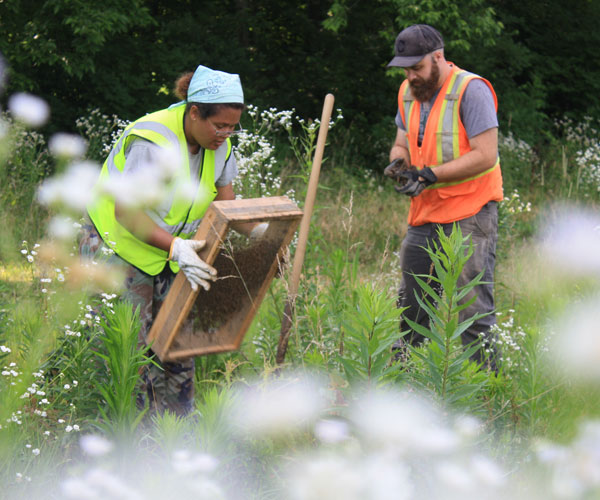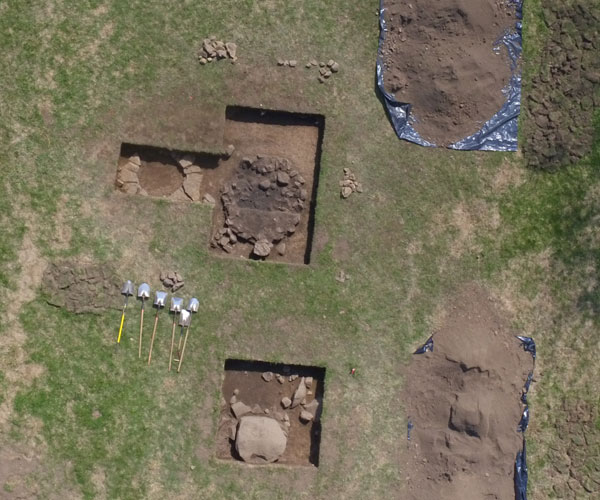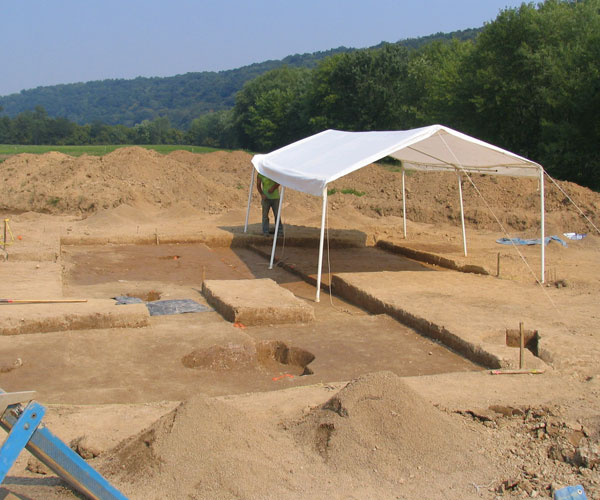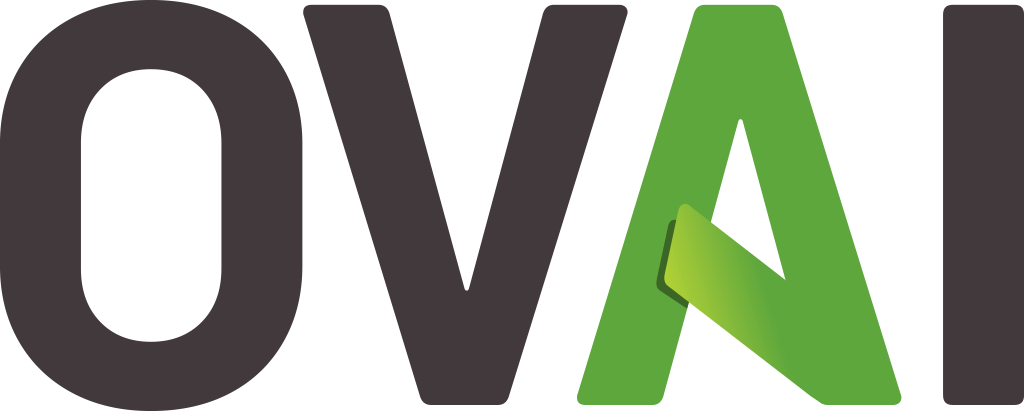Cultural Resource Surveys
- National Historic Preservation Act Compliance (Sections 106 and 110)
- OPSB Cultural Resource Surveys
- State and Local Historic Preservation Compliance
- Oil and Gas Cultural Resource Surveys
When is compliance with Section 106 of the National Historic Preservation Act (NHPA) required?
According to the implementing regulations (36 CFR Part 800), NHPA requires federal agencies to take into account the effects of their undertakings on historic properties. A historic property is defined as any prehistoric or historic district, site, building, structure, or object included in, or eligible for, inclusion into the National Register of Historic Places. Federal agencies are to take into consideration effects on historic properties by consulting with other parties (including the State Historic Preservation Office, tribes, members of the public, etc.). The goal of consultation is to identify historic properties potentially affected by the undertaking, assess its effects, and seek ways to avoid, minimize, or mitigate any adverse effects on historic properties.
How does NHPA apply to private citizens, state agencies, municipalities, and other non-federal institutions?
A federal undertaking is defined as any “project, activity, or program funded in whole or in part under the direct or indirect jurisdiction of a Federal agency, including those carried out by or on the behalf of a Federal agency; those carried out with Federal financial assistance; and those requiring a Federal permit, license or approval” [36 CFR 800.16(y)].
Technically, only federal agencies are responsible for complying with Section 106 of NHPA. However, when a non-federal entity applies for a Federal permit (such as a Clean Water Act Permit) or obtains funding from a Federal agency, compliance with the act is required. The applicant is responsible for much of the legwork, including contacting the State Historic Preservation Office (SHPO) and hiring a cultural resource consultant, such as OVAI.
In a nutshell, if your project somehow involves the Federal Government and if your project is of a type that may directly or indirectly affect cultural resources, the law is applicable.
How do I initiate the Section 106 compliance process?
If you, or your organization, are in the process of obtaining Federal funds or a permit for a project, the first step for Section 106 compliance in Ohio is to submit a completed Section 106 Review Project Summary Form to the Ohio Historic Preservation Office (Ohio’s SHPO or OHPO). Other states have similar procedures and we are always happy to assist our clients with SHPO consultation.
What is the role of OVAI in the Section 106 compliance process?
Section 106 is an open process. In most cases, your involvement ends when the SHPO sends a letter to the agency stating something like “no further consultation regarding this undertaking is required at this time.” Normally this letter will go to the Federal agency, but it should also be copied to you or your organization. Our job is to assist in getting you to this point.
Cultural Resource Literature Review (Desktop Study):
Many clients hire OVAI to prepare cultural resource literature reviews and use this information in conjunction with the Section 106 summary form submittal. This is not always necessary but is sometimes very helpful. More times than not, if the project is of a type that may affect cultural resources, a Phase I Cultural Resource survey will be required. The literature review information will be included in the Phase I survey report.
Phase I Cultural Resource Survey:
In most cases, all that is required from OVAI is a Phase I archaeological survey. If the project area contains standing structures/buildings, or if standing structures/buildings are located within the project view shed, historical architecture surveys would be necessary. The goal of the Phase I survey is to find and document cultural resources and to determine if any are eligible for inclusion in the National Register of Historic Places (NRHP). It is not uncommon to find numerous ineligible cultural resources within a project area. In such a case, our report will (1) summarize the survey results, (2) state that none of the resources found are eligible for the NRHP, and (3) recommend no further work. If SHPO concurs, it will write a letter of concurrence.

Phase II Cultural Resource Survey:
It is difficult to anticipate the types of cultural resources that may be found within any given project area. Phase I surveys usually employ a set of standard methods and on rare occasion these methods may not be sufficient to evaluate the NRHP eligibility of a specific cultural resource. When this happens, a resource-specific Phase II survey will be recommended. Phase II surveys are also useful for planning purposes, when avoidance or a Phase III data recovery is required to mitigate effects.

Phase III Data Recovery:
You may have a 100-acre project area located in central Ohio. You went through the Phase I survey effort in which 17 archaeological sites were identified. Each is less than an acre or two in size. Fortunately for you, 15 archaeological sites were determined to be ineligible for the NRHP. A Phase II survey was then performed on the two remaining sites and found that they are indeed eligible for the NRHP. Your first concern may be where these resources are in relation to your design plans. Through the Section 106 process, you will be asked to seek alternatives. It may be possible to avoid the two resources, totaling a combined 2-4 acres. Avoidance may be an effect on a historic property, but it is not an adverse effect. A memorandum of agreement (MOA) between the Federal Agency and SHPO (and other parties including yourself or your organization) will stipulate avoidance and preservation measures for the two historic properties. If avoidance is not possible or feasible, a Phase III data recovery would be required to mitigate adverse effects. A Phase III data recovery also requires the drafting of an MOA with stipulations regarding the process and end goals.

Ohio Valley Archaeology, Inc.
4889 Sinclair Road, Suite 210
Columbus, Ohio 43229
Telephone: (614) 436-6926
Fax: (614) 436-6945

